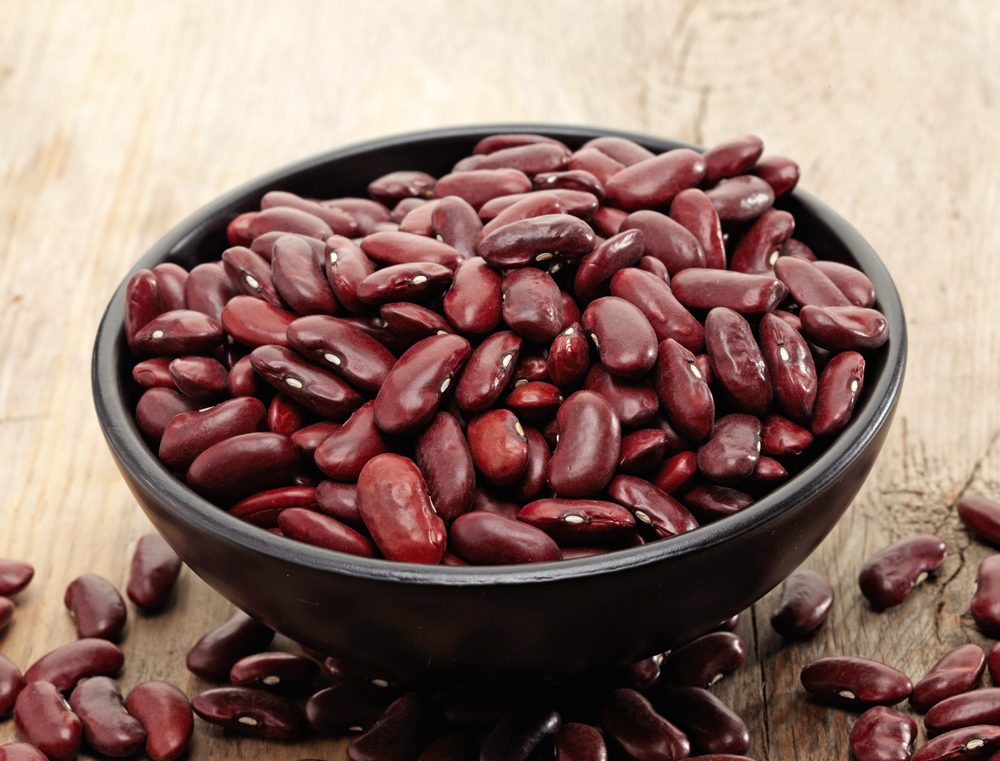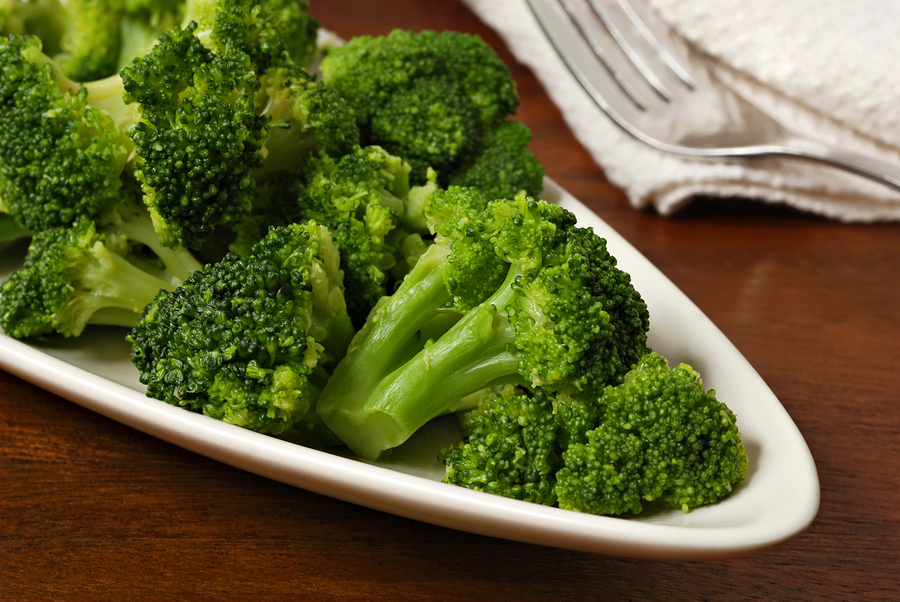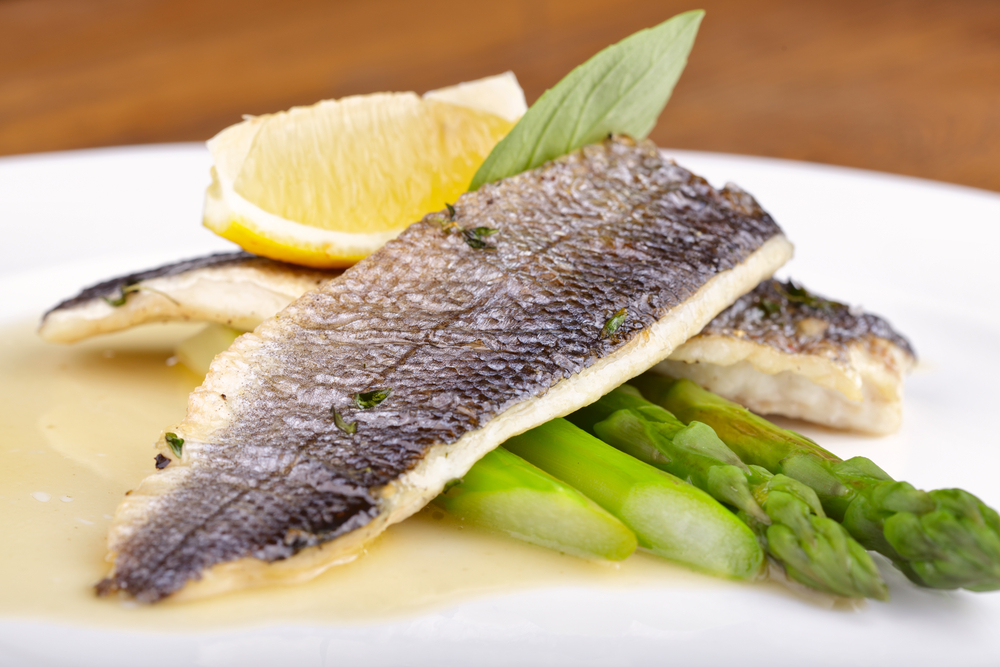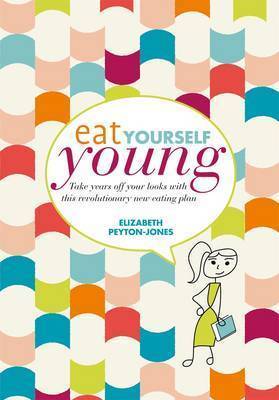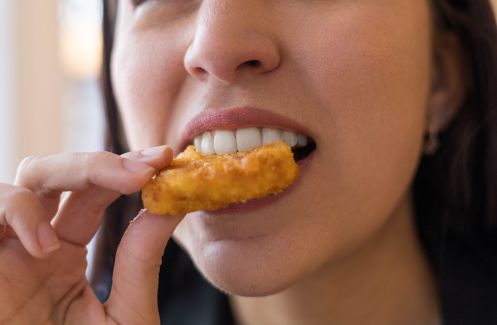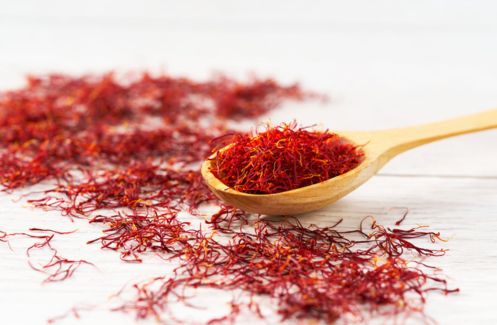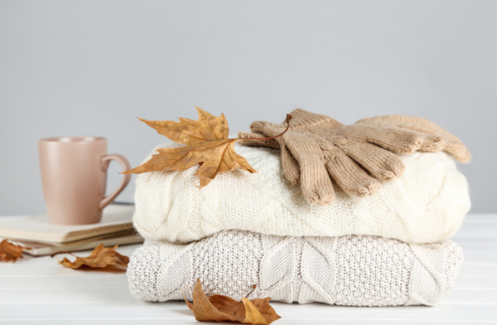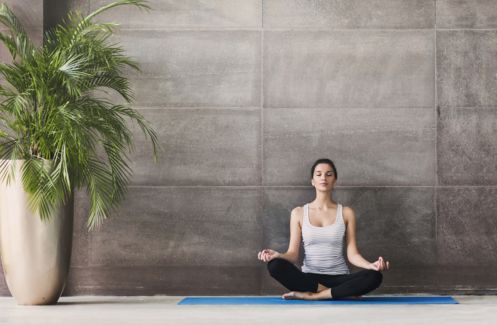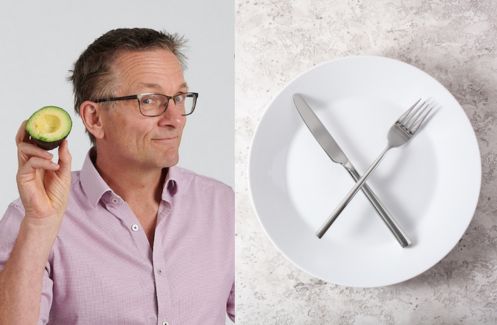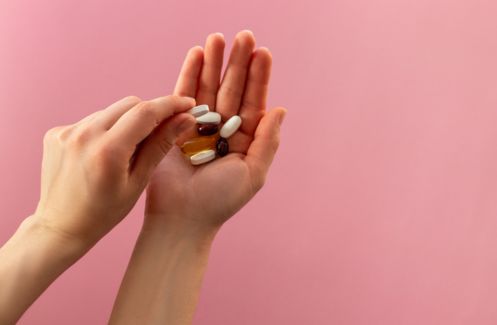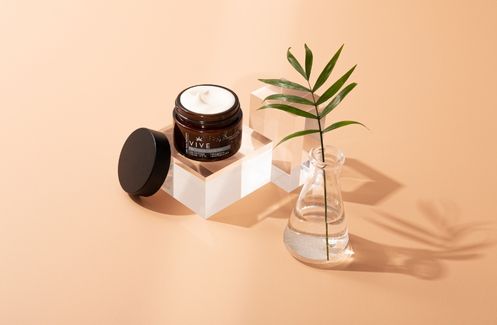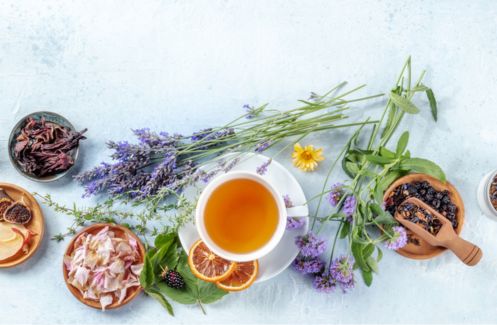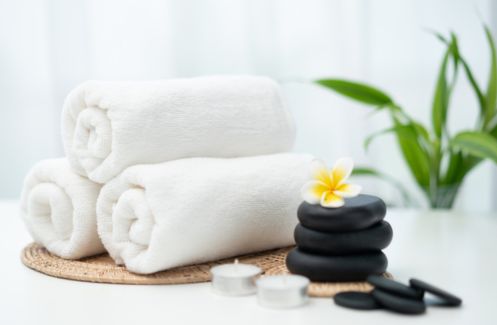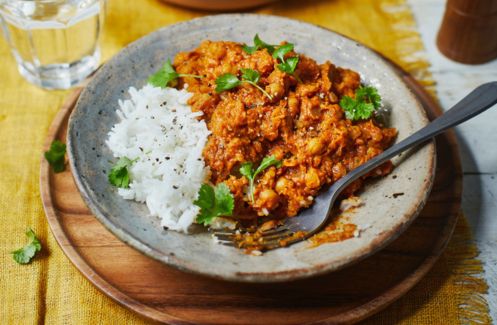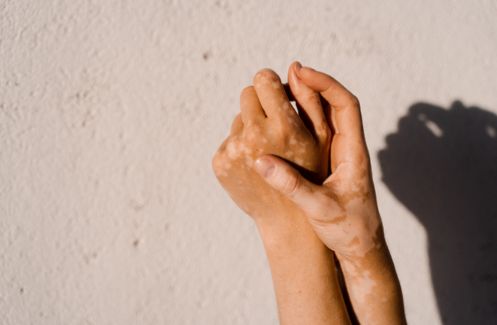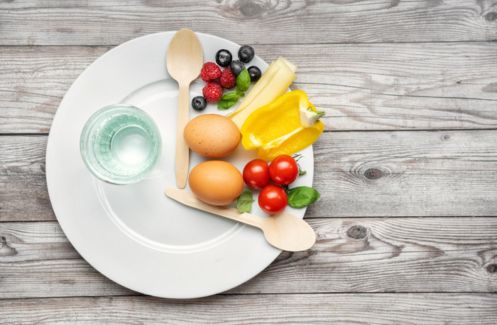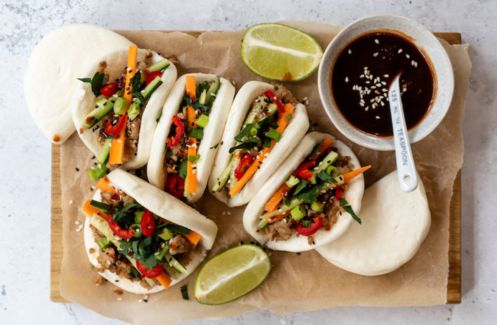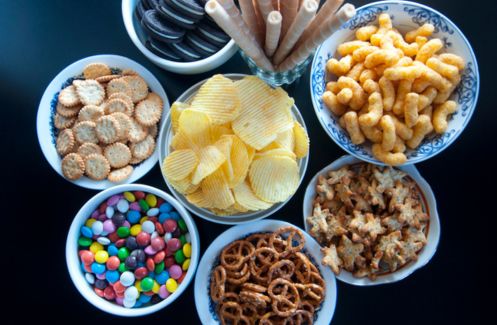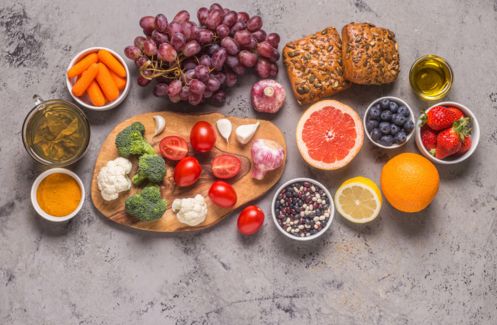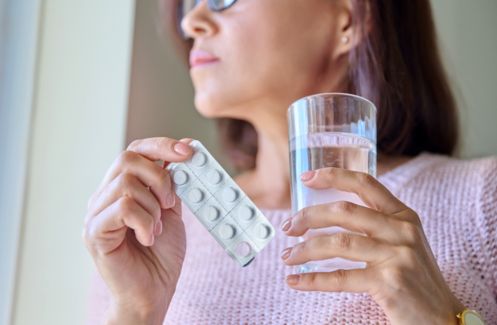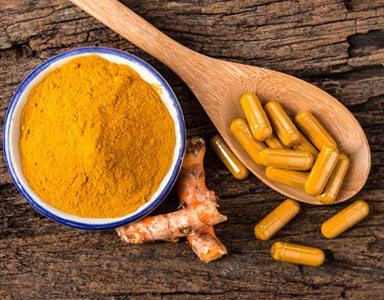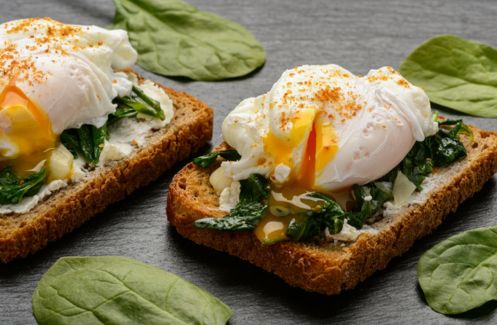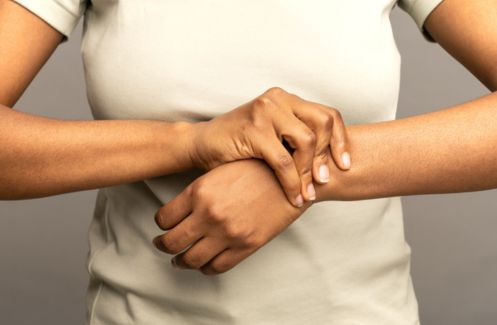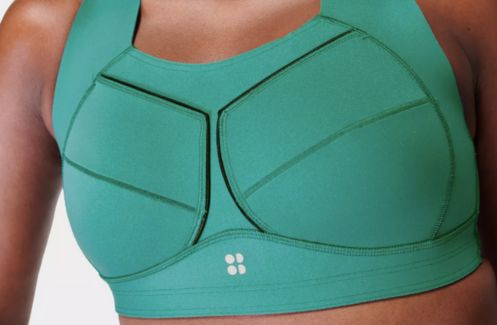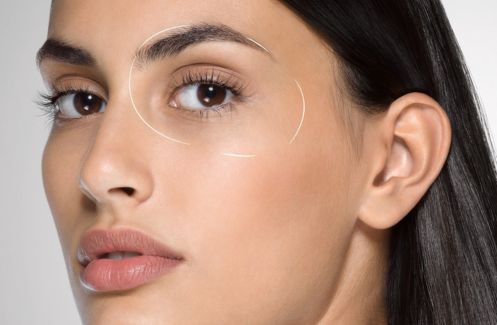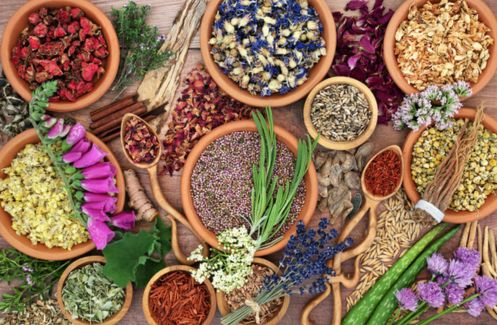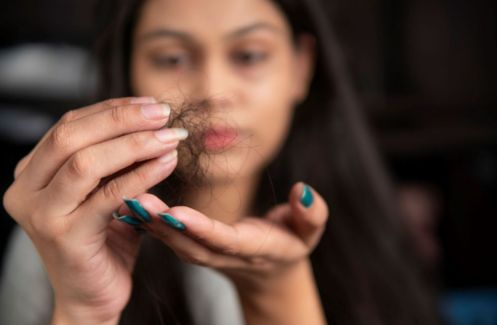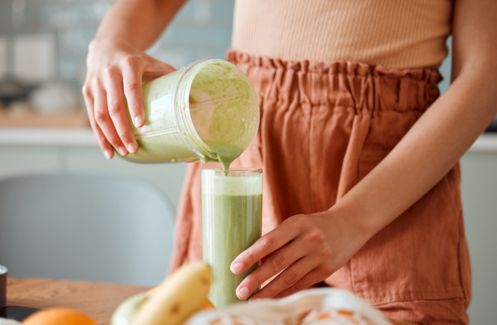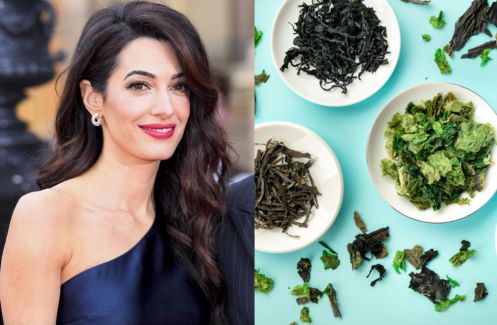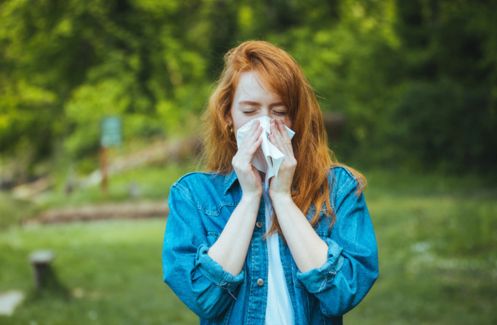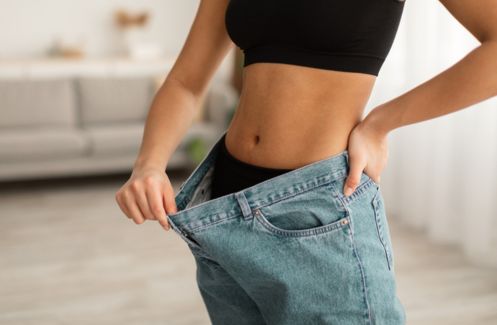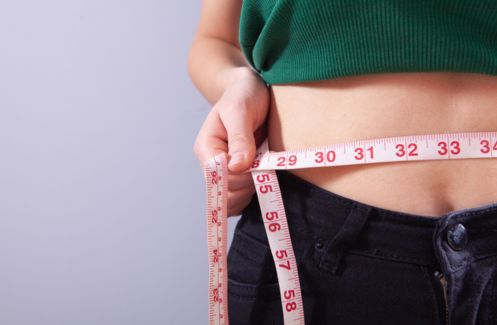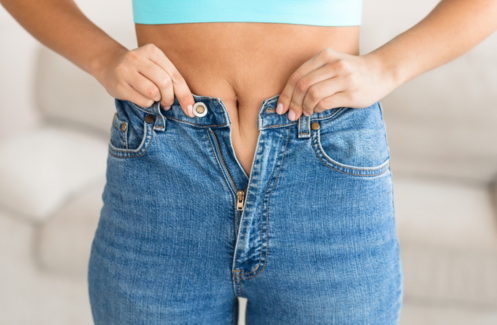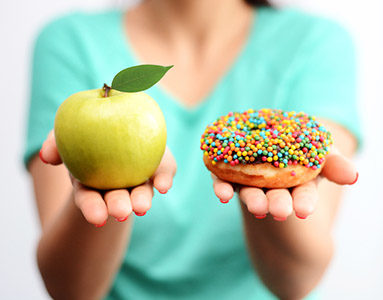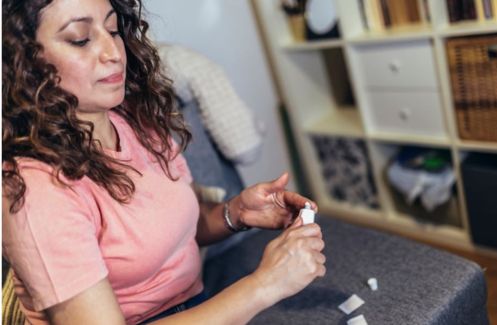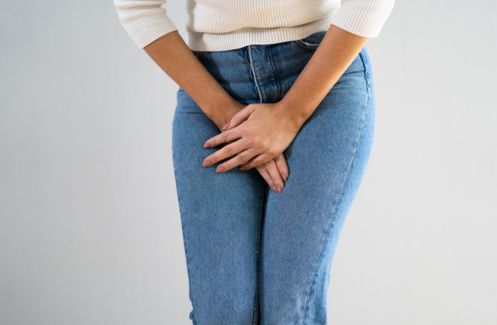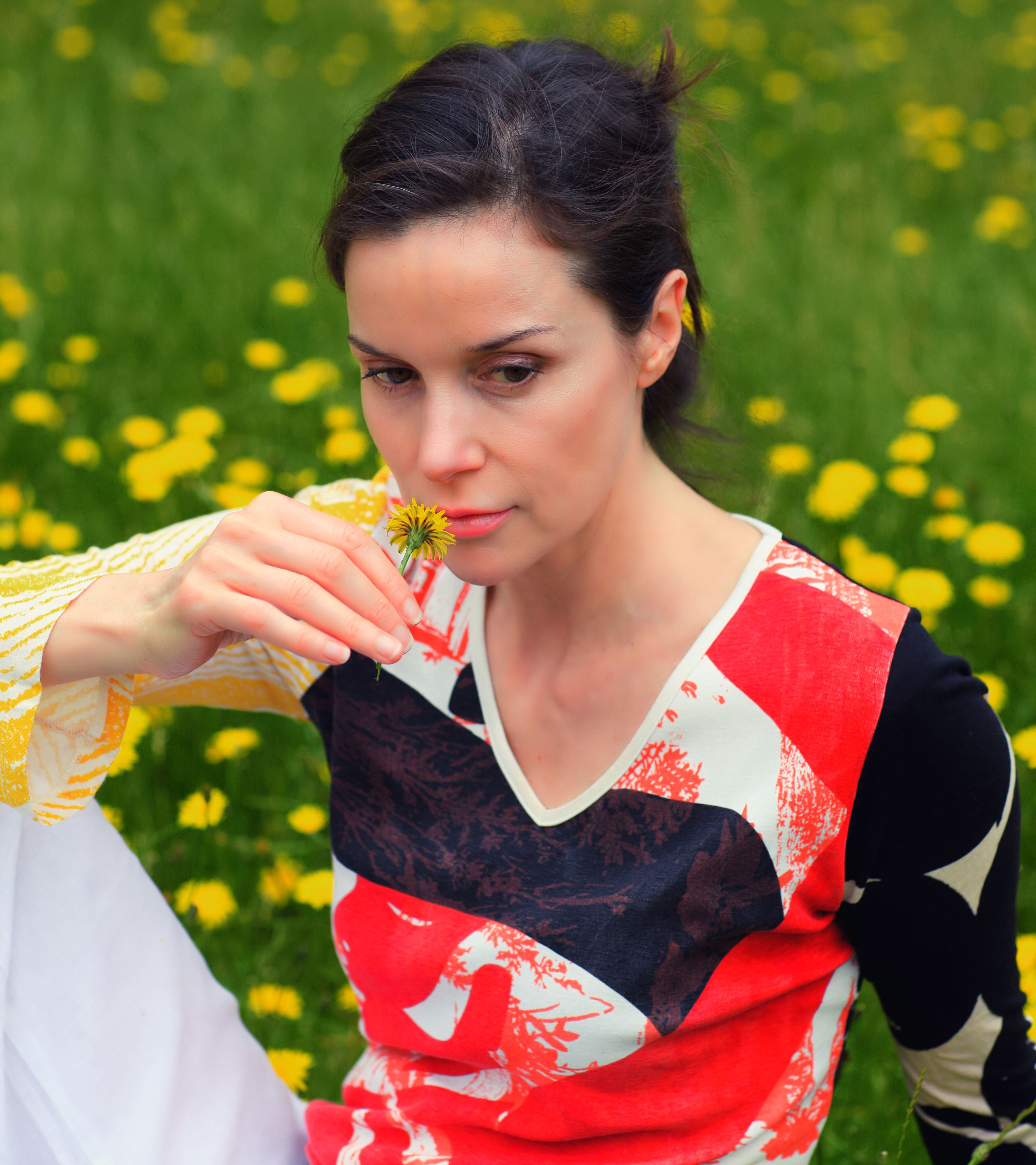
You may have heard: a diet high in sugar, salt and the trans-fat laden junk food will make you old before your time. You may have also heard that eating blueberries could help keep you young. But great as they are and we do love them, it’s virtually impossible to eat them every single day (at almost a fiver a punnet your pocket might have other ideas too). Turns out, there are a number of other foods with less PR but just as superbly proven anti-ageing CVs that we rarely hear about. Eaten each week they provide a varied and realistic way of eating that can help deliver glowing skin, healthy bones, better digestion and a minimizing of cell inflammation, now shown as a chief culprit in early ageing. Here’s how.
1. BEETROOT
Why ‘It contains highly antoxidant and anti-inflammatory betacyanins,’ says Peyton –Jones. ‘Research shows eating it regularly can increase energy, lower blood pressure, help stave off dementia and increase detoxification of the liver’.
What to do Great in juices but it’s strong on its own and can be nauseating so add a beetroot to a juice made from one carrot, one cucumber and half an apple with some ginger and lemon added. Grate it over salads or cut into chunks, coat lightly in olive oil and roast for 40 minutes. You can also steam chunky chopped beetroot for about 15 minutes then dress with olive oil, sea salt and lemon juice.
How much, how often One raw beetroot every other day in a juice or around 3-4 a cooked.
2. TURMERIC
Why The active ingredient, curcumin helps lower inflammation in the body, Payton-Jones points out and current research indicates it may prevent and repair cell destruction, lower bad cholesterol, keep bones strong and protect memory function. ‘Cumin appears to interact with collagen to increase skin viscosity too,’ she asserts.
What to do Add a quarter of a teaspoon to juices, sprinkle a little on scrambled eggs, omelettes and salads, add a teaspoon to soups, curries and dahls by starting off your sauté with onions, oil and turmeric.
How much, how often A teaspoon about 4-6 times a week
3. RED BEANS
Why The skin of adzuki, pinto and kidney beans contains quercetins, tannins and anthocyanins that show in tests to provide more cell damage protection than any other antioxidants. ‘They also help skin elasticity and muscle tone,’ says Peyton-Jones.
What to do Replace the meat part of chilli con carne with kidney beans or have them cold in salads. Soak beans overnight before cooking to help lower the gas factor then cook them in soups and stews or use the canned in water option. Cook and then mash them into a paste, add liquid amino acids (from health food stores), crushed garlic and lemon or avocado and cider vinegar and have on rye toast or as a crudité dip.
How much, how often One cup 3-6 times a week
4. LEMON
Why ‘Lemons are powerhouses of Vitamin C for fast skin repair and collagen production’, she explains. ‘Plus pectin, the fibre in lemon skin can make you feel fuller for longer and lessen sugar cravings’.
What to do Grate peel into savoury dishes or mash it with garlic, chopped parsley and olive oil and add to fish and meat before cooking. Add a half a lemon to soups as a salt replacement or over salads. Have half a lemon in warm water for liver detox every morning – amp this up with a pinch of cayenne pepper and grated ginger with a little organic apple juice for taste.
How much, how often Up to a lemon a day or at least three a week, half a teaspoon of the peel1-2 times a week.
5. GARLIC
Why ‘In lab tests garlic helped fibroblasts, the cells that maintain integrity of the skin, live longer and reproduce more healthily’ she says. It’s also a proven immune booster.
What to do Crush and leave for ten minutes before cooking to activate the active compound allicin. Roast and mash the cloves into a dip – the Burmese serve whole roast cloves pre-dinner like peanuts!
How much, how often For general anti-ageing have a clove three times a week but if you are on blood thinners or about to have an operation avoid it as it’s a powerful blood thinner.
6. PARSLEY
Why ‘It’s rich in flavonoids called apigenins shown to be anti-inflammatory and to act as free radical scavengers,’ says Peyton-Jones. ‘Parsley is also high in skin anti-ageing super nutrient chlorophyll which is great for skin’.
What to do Make a pesto using a bunch of parsley, pine nuts, lemon and some olive oil blended together and added to whole grain pasta. Chop it finely in salads or with bulgur wheat, tomato and sping onions as taboulleh – it’s great dressed with lemon.
How much, how often Four large handfuls a week.
7. CRUCIFEROUS VEGETABLES
Why ‘Kale, broccoli and cabbage in particular but also Brussels sprouts, cress, cauliflower, radishes, rocket, swede, turnip and watercressare all high inglucosinolates,’ explains Peyton-Jones. Research has shown these have powerful anti-cancer and antioxidant effects and can help the regeneration of cells in the gut.
What to do Juice them, have them cooked or raw in salads. Kale is great steamed for two minutes with lemon and olive or pumpkin seed oil or pureed with roast garlic into a soup. Or boil in an inch of water then drink the broth with some parsley, rosemary or basil added (incredibly nutritious).
How much, how often Up to two serves daily if you can manage or a handful five times a week.
8. SMALL FISH
Why Protein and omega-3 fatty acids are essential to maintaining skin plumpness, muscle and joint health and thyroid function, says Peyton-Jones. Over 2000 studies show many age-related conditions are helped by omega-3 rich foods, she says. Fish is an especially good source as it contains a mix of EHA and EPA, the essential omega-3 compounds.
What to do Smaller fish such as sardines, mackerel, herring, wild salmon, monkfish, sea bream and bass are lowest in mercury (associated with memory problems and skin reactions). Eat them grilled, poached with herbs added to the water, pan fried in coconut butter or roasted in foil with garlic, lemon and olive oil. Sardines are great roasted with thyme or rosemary. Canned sardines or mackerel in water, brine or oil are a fine alternative though fresh is better.
How much, how often A 100-150g serve four times a week (only two if you are pregnant or breastfeeding).
9. BANANA
Why ‘Bananas are rich in essential fatty acids the body can’t make.’ Says Peyton-Jones. ‘They also contain tryptophan which helps make dopamine and serotonin, neurotransmitters for helping emotional stress that causes early ageing’. Studies have found eating bananas helps build bone strength lost with age and reduces high blood pressure.
What to do Have half or a whole when you need a sugar or energy fix, add one to the blender with a glass of almond milk, some chia seeds and a handful or kale as a breakfast smoothie or freeze and froth in a blender for iced pudding.
How much, how often Three a week.
10. CUCUMBER
Why ‘They’re high in silica,’ says Peyton-Jones. ‘This is an essential mineral for strengthening connective tissue in muscles and ligaments and great for skin, bones and joints. Silica also helps dissolve uric acid too so eating cucumbers could help with fluid retention as you age.
What to do Juice it (great with mint), chop it in salads, make tzatziki with goat’s milk yoghurt, finely chopped cucumber, sea salt, chopped dill, black pepper and crushed garlic or raita with yoghurt, grated cucumber, a finely ground green chilli, sea salt, black pepper and half a teaspoon cumin.
How much, how often One to three a week (or half a day)
Eat Yourself Young: Take Years Off Your Looks with This Revolutionary New Eating Plan
Elizabeth Peyton-Jones
Like this article? Sign up to our newsletter to get more articles like this delivered straight to your inbox.





